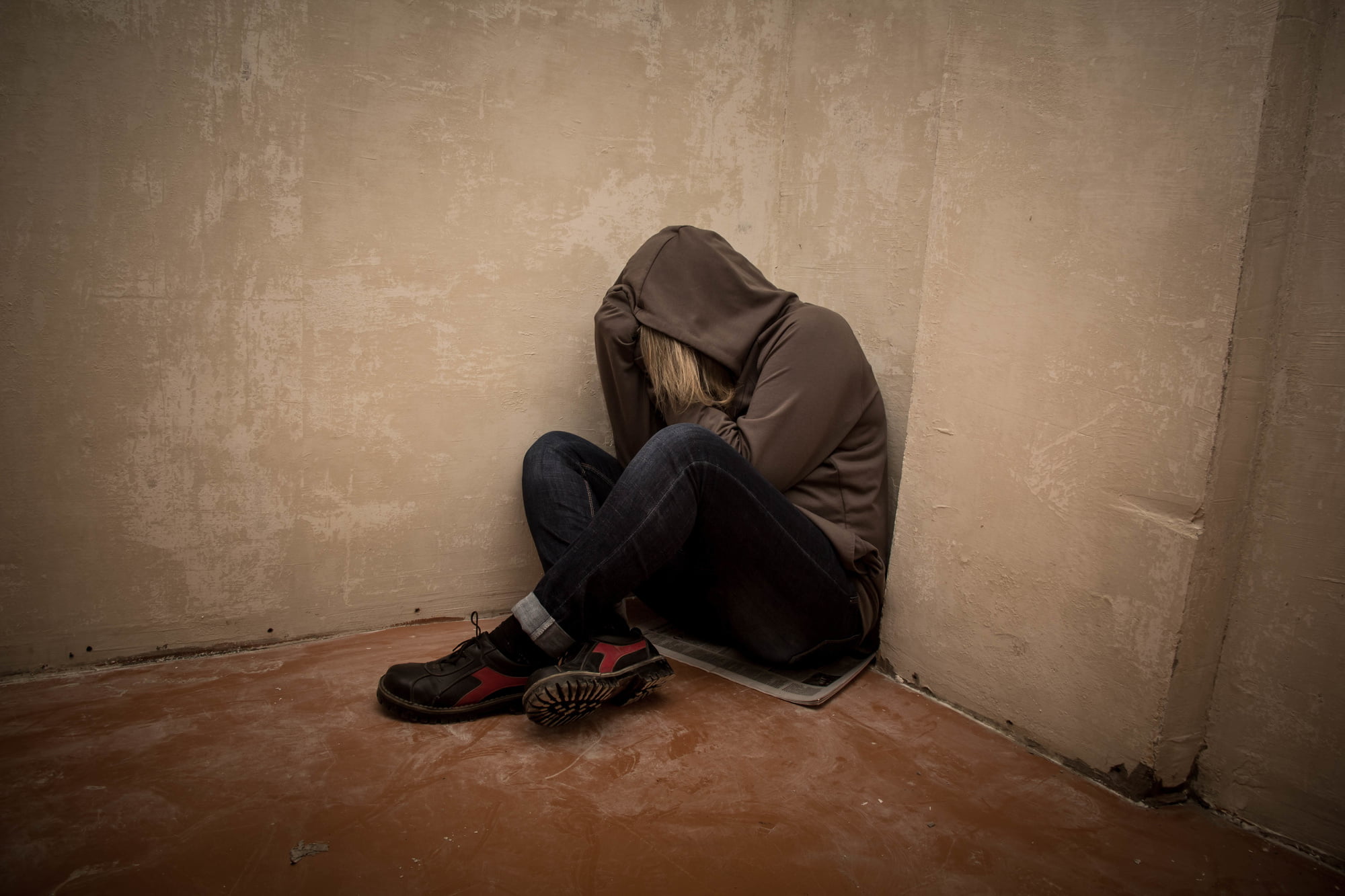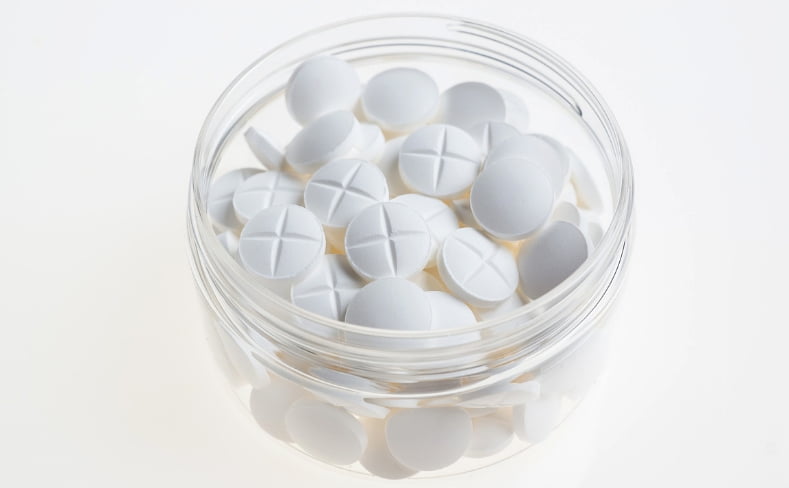Where to Find Opiate Withdrawal Relief
Opiate addiction is a serious problem in the United States. On average, 115 Americans die every day from heroin and prescription painkiller overdoses.
Not only are opiates extremely addicting. The withdrawal from them is immensely painful, making it much harder for addicts to get clean.
If you or someone you know is looking for opiate withdrawal relief, there are options. In this article, we’ll explore where you can find relief from opiate withdrawal.
Understanding Opiate Withdrawal
“Why can’t opiate addicts just stop using?”
Every addict, and anyone who has ever known and loved an addict knows that overcoming an opiates addiction is not that simple.
Cold turkey may seem like the solution, but it’s an extremely painful thing to go through. Opiates are one of the most addicting drugs, if not the most. When the body is so dependent on opiates, it begins to go through withdrawal when it’s no longer receiving them.
When addicts go cold turkey, they experience an onset of adverse symptoms which develop 6-12 hours after their last dose. These symptoms include:
- Nausea
- Cramps
- Chills
- Muscle aches
- Vomiting/diarrhea
For heavy users, withdrawal can develop within a couple of hours after their last dose. Severe withdrawal symptoms include:
- Insomnia
- Hypertension
- Muscle spasms
- Anxiety/depression
- Suicidal thoughts
Because the effects of withdrawal are so powerful, the vast majority of addicts wind up using again to relieve themselves. And so begins the vicious cycle of opiates addiction.
Luckily, there are options when it comes to finding opiate withdrawal relief.
Methadone Clinics
Methadone, otherwise known as Dolophine, is an opioid that’s similar to morphine. It traditionally treats pain. However, it’s widely used as a form of maintenance therapy for those trying to wean themselves off opioids.
It may seem counterintuitive to substitute a drug in place of another. But for heroin and painkiller users, they need opiate withdrawal relief in any way that doesn’t feed their addiction.
Methadone works the same way any opioid does – without the high. It tapers off the feelings of withdrawal, making it easier for addicts to stay off heroin and painkillers. It’s for this reason that methadone is a recommended form of detox treatment.
The Breakdown of Methadone
Patients can receive methadone one of three ways. There’s a methadone pill, methadone liquid, as well as a wafer.
Methadone starts to relieve the symptoms of opiates withdrawal within one hour of dosing. It works for up to 24 hours. Though rare, methadone can work for up to 36 hours.
It’s important to remember that you shouldn’t take methadone without the supervision of a doctor. To receive methadone treatment, a person needs a referral from their doctor. It can only be administered by a SAMHSA-certified treatment facility.
There are more methadone clinics than ever before. With the heroin epidemic rampant in the United States, more people are turning to methadone for opiate withdrawal relief.
What You Can Expect at a Methadone Clinic
On the first day of treatment, patients typically don’t receive methadone right away. The first day is, more or less, about figuring out the right form of treatment for you. Because some people’s addictions are more severe than others, not every methadone treatment is the same.
On the first day, you’ll meet with a clinician or nurse and discuss your addiction and medical history. Your nurse, counselor, or doctor will go over how the facility works. You will also be given blood and urine tests.
This will all help determine the proper methadone dose that will give you opiate withdrawal relief. At the start of treatment, you’ll take your methadone at the clinic on a daily basis.
Over the course of your treatment, you may be able to take your methadone at home. This will depend on how well you respond to treatment.
Opiate Withdrawal Relief at Home
After 45 minutes to an hour, methadone takes effect. Once it does, users no longer feel withdrawal. But whether or not you decide to do methadone treatment, you can still take care of yourself at home.
The key is to drink plenty of water. Dehydration is common in opiate withdrawal, and if not addressed, can lead to hospitalization. Electrolyte solutions, such as Pedialyte, can also help you stay hydrated in recovery.
It’s also important to eat in recovery. Unfortunately, nausea may feel too strong and you may not feel hungry.
Because withdrawal makes people feel so sick, it helps to eat the kinds of foods you would eat if you had the flu. Saltine crackers, chicken broth, and fruit can be easy to eat even when you’re not feeling hungry.
Over-the-Counter Medications
There are over-the-counter medications you can take to help with withdrawal symptoms. Loperamide, also known as Imodium, can relieve diarrhea. Dimenhydrinate (Dramamine) can ease nausea.
For aches and pains, it’s good to take Ibuprofen or Aspirin. It’s important not to take these medications on an empty stomach. If you have to take them but don’t have much of an appetite, try eating some saltine crackers or a banana.
Insomnia is also common during the first weeks and months of recovery. Talk to your doctor or pharmacist before taking any over-the-counter sleep medications. They can help you find non-habit forming sleep solutions.
Cannabis & Opiate Withdrawal Relief
Medical marijuana is currently on the rise in the United States. Though not proven, many recovering addicts claim that smoking marijuana has helped them through withdrawal.
If medical marijuana is legal in your state, you may be able to get a prescription. To explore the possibility of using medical marijuana for opiate withdrawal relief, talk to your doctor.
Overcome Opiate Addiction Once and for All
If you or someone you know is addicted to opiates, recovery may seem impossible.
Recovery doesn’t happen overnight. Withdrawal in the initial days, weeks, and months are the hardest. But once you get through it, recovery will feel more and more like a possibility that you can make into a reality.
The first step is to reach out to the people who understand opiate withdrawal. Talk to your doctor about methadone treatment and other options that are available to help you find opiate withdrawal relief.
For more information about how methadone can help you overcome your addiction to opiates, Give us a call at (855) 976- 2092!
Sources
[1] Understanding the Epidemic | Drug Overdose | CDC Injury Center. (2018, December 19). Retrieved from https://www.cdc.gov/drugoverdose/epidemic/index.html [2] Heroin Withdrawal Timeline, Symptoms and Treatment. (n.d.). Retrieved from https://americanaddictioncenters.org/withdrawal-timelines-treatments/heroin






